Every part and piece of your car is added there for a purpose: to give you optimum performance and safety. That is why it’s important to understand even just the most basic parts of your car like the camshaft and get a better understanding of how it works and how to make sure you don’t wear it out.
Whether you’re familiar with what a camshaft is or not, we’re sure you’ll find the following information interesting. So, you read on this article from Philkotse.com
1. What Is a Camshaft?
A camshaft by definition is a rotating piece of machinery that circles while it remains in its position. This is attached to a rotating or sliding part referred to as a cam. These two pieces make up the camshaft assembly and are also responsible for converting rotational motion and turn it to linear motion.
This system exists in a lot of mechanical and technological pieces of machinery and can vary in size and direction of rotation - depending on the purpose that it is meant to serve. Most of the pieces of machinery that use these are those that have an internal combustion engine.
One of the most popular innovations that include a camshaft is automobiles.
>>> Related: What does ‘camming a car’ mean?
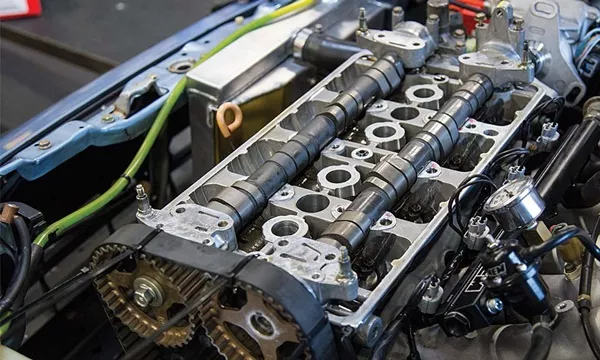
A camshaft is a rotating piece of machinery that circles while it remains in its position
If we focus this term, “camshaft”, to the modern day automobiles, it refers to a vital part usually located under the engine. The camshaft in modern day cars is fitted in assorted conformations. Why can’t it be all the same? That’s because each camshaft operates differently from the others.
This can also come in a variety of designs depending on what its job is: the standard camshaft design, the dual-overhead feature, and the overhead version. However, there are still other varieties that may or may not be used on cars.
The camshaft can also be made from a variety of materials such as grey cast iron, heat-treated steel, nitride steel, and ductile cast iron.
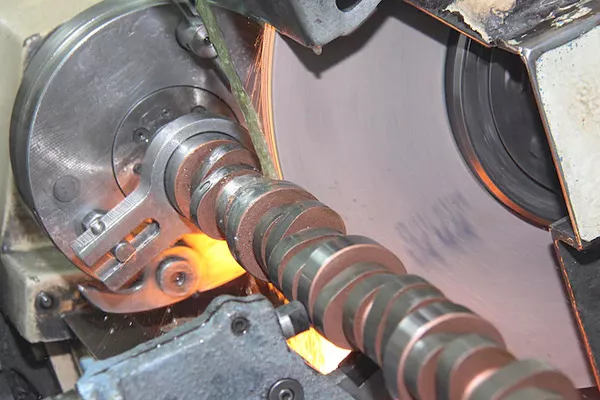
Camshaft refers to a vital part usually located under the engine
>>> Find out: 10 most popular car engine parts that you should know.
2. Understanding Camshaft and What it Does
The vital part of the camshaft is called the lobes. Whenever the camshaft spins, these lobes open and they cause the intake and exhaust valves to open and close. This action is timed along with the movements as exhibited by the piston.
Further inspection and studies show that there lies a direct relationship between the engine and the cam lobes. It seems that the shapes of the lobes are affected and can also affect the engine when it engages in different speed ranges.
Let’s take a virtually impossible scenario to help you understand why this is the case. Imagine you’re driving your car and the speed of the engine is at 10 or 20 RPM. This will take the piston a few seconds before it can complete a full cycle. Take note that this is an impossible speed but it serves as the best example to showcase the importance of the lobes in the camshaft.
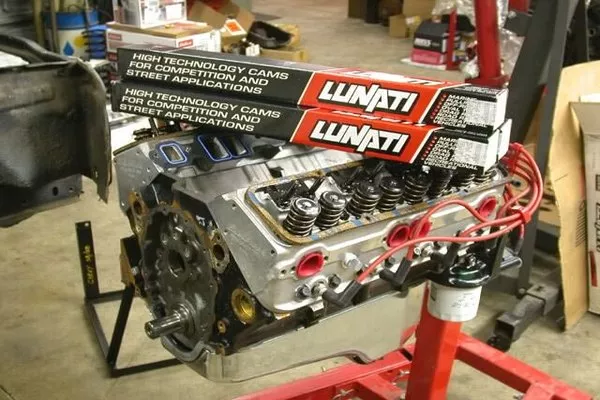
The vital part of the camshaft is called the lobes
When the piston starts to move downward in the intake stroke, the intake valve opens. When the piston hits the bottom, the intake valve closes with it. And the exhaust valve opens at the moment the piston bottoms out. It would then close when the piston completes its exhaust stroke.
This keeps the engine working fine as long as the vehicle travels a slow speed. However, the 10 to 20 rotation per minute configuration doesn’t work well for the camshaft.
>>> Related: LT vs LS engine: What are the differences and which is better?
3. What We Suggest
Run your car at an estimate of 4,000 RPM, you will get the valves to open and close 2,000 times per minute. That’s almost 33 times per second. By the time you reach a speed comparable to this, the piston will be moving very quickly.
This will cause the air and fuel mixture to rush to the cylinder, which is also doing its job according to the required speed of the other parts.
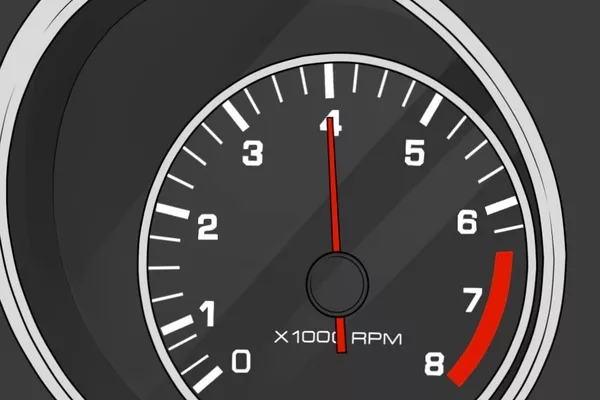
Run your car at an estimate of 4,000 RPM
4. What Happens When The Camshaft Gets Enough RPM?
The camshaft plays its part and opens the intake valve so the piston can start to intake stroke. Then, the air and fuel mixture that settled in the intake runner will start to accelerate towards the cylinder. When the piston reaches the lowest point of the intake stroke, the air and fuel mixture would already be moving at a high speed.
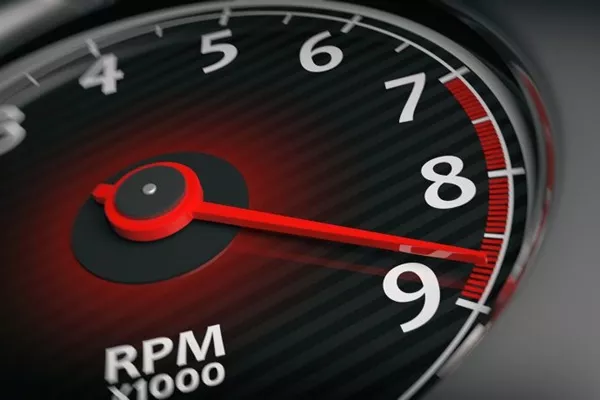
The higher the RPM, the wider we also need to keep the valve open
If the valve were to be shut, the air and fuel mixture would stop and wouldn’t be able to enter the cylinder. This is why the intake valve in vehicles is left open for a long while.
The higher the engine’s RPM, the faster the air and fuel moves, hence we keep the intake valve open for longer. So in the logical sense, the higher the RPM, the wider we also need to keep the valve open.
>>> Check out engine maintenance tips:
- 5 simple tips to maximum your car engine's performance
- Replacing car air filter: Must-have skills that every Filipino driver needs to know
5. What to do with a failing car's camshaft
Now that you know what a camshaft does and how important it is, you would have some idea what could go wrong if your camshaft is defective. If not, take a look at these initial signs that your camshaft needs some TLC. If your car is exhibiting two or three signs in our list, then there’s a high chance that the problem is your camshaft.
Jerking movement exhibited by vehicle
Do you notice that your car is jerking whenever you drive? This sign can be caused by a variety of other reasons but a broken camshaft can also be one of it. The reason may be because the camshaft positioning sensor is defective.
Check your engine light illuminator
This covers a lot of problems that could be taking place in your engine. If your car is well-maintained then it could be the camshaft that’s faulty. Your car’s engine is basically the heart of the vehicle so if its corresponding mini icon lights up, then there could be something you need to worry about.
Your car has its own driving pattern
No one else knows your car better than you. So if there’s something wrong with its performance, you’re the first one who’ll notice it. This can be caused by ineffective exit and entry of the fuel to the engine. Take note of the different driving patterns such as stalling for no reason, rough idling, less efficient fuel economy, slower acceleration or not as powerful as before.
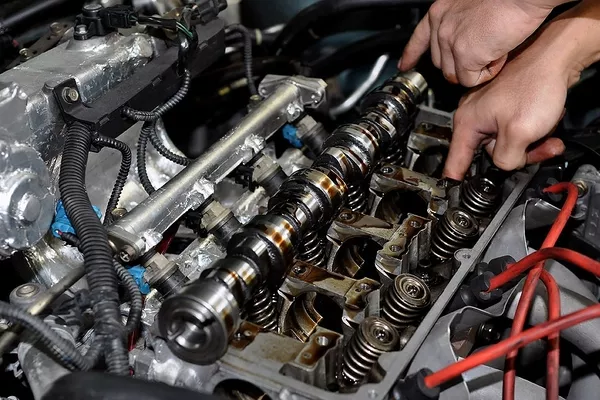
Have some idea what could go wrong if your camshaft is defective
Understand your car is never enough. That's why we have a board range of technical car terms for you to understand your beloved car better. Don't hesitate to gain more to yourself.
Recent posts
- 6 steps for problem-free dashboard lights Aug 16, 2022
- Choosing the best headlight for your car: 5 common kinds for drivers Aug 04, 2020
- About your car lights and wipers Nov 30, 2022
- What is accidental death insurance and what does it cover? Aug 16, 2022
- Random Signs and Numbers on the Road: What Does It Mean? Aug 16, 2022












